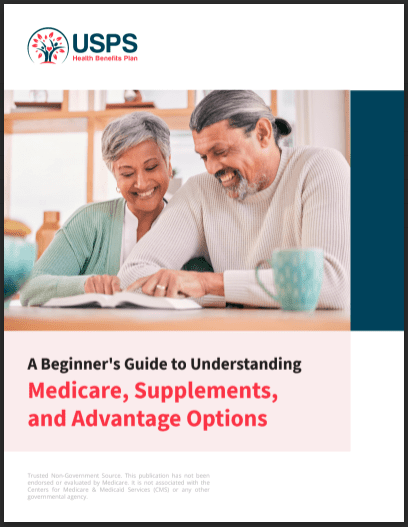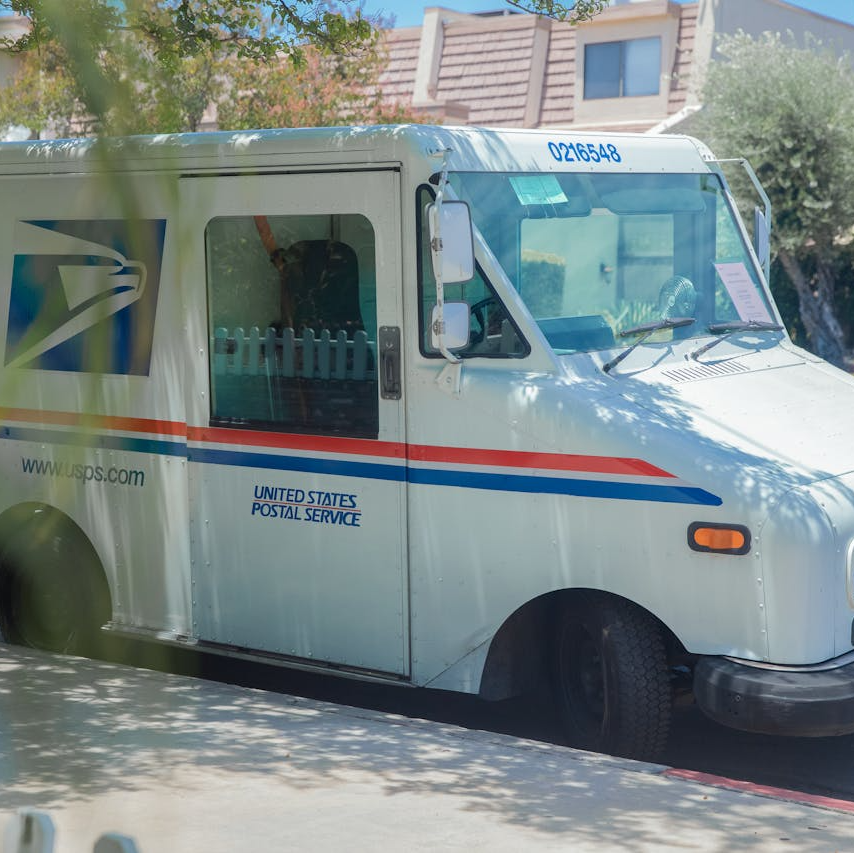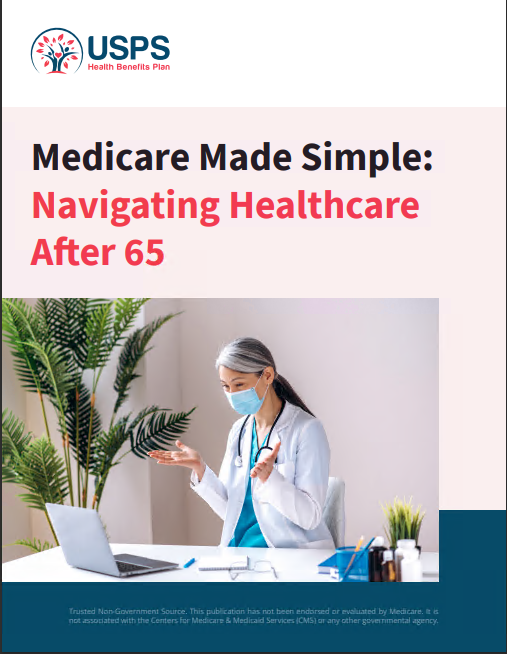Key Takeaways
-
Lower monthly premiums might seem attractive, but higher out-of-pocket costs can add up quickly if you need frequent medical care.
-
Choosing the right health plan means balancing both premiums and out-of-pocket expenses based on your expected healthcare needs and financial situation.
The Real Cost of Your Health Plan: What to Look For
When selecting a health plan, you might focus on the monthly premium as the deciding factor. After all, if you’re paying less each month, you’re saving money, right? Not necessarily. The real cost of your health plan includes more than just the premium—it also includes what you’ll pay when you actually use your coverage. As a USPS retiree or employee, understanding how these costs interact is key to making the best choice for your healthcare needs in 2025.
Understanding Premiums: What You Pay Every Month
A premium is the amount you pay every month to keep your health plan active. Whether you’re an active USPS employee or a retiree under the Postal Service Health Benefits (PSHB) program, premiums vary based on the plan you choose and your coverage level (Self Only, Self Plus One, or Self and Family).
Why Premiums Matter
-
Predictable Cost – Premiums are the most consistent and predictable expense in your healthcare budget.
-
Higher Premiums, Lower Out-of-Pocket Costs – Plans with higher monthly premiums often have lower deductibles and copayments.
-
Lower Premiums, Higher Out-of-Pocket Costs – Cheaper plans might save you money each month but can result in significant expenses when you need care.
-
Impact on Budgeting – A high monthly premium may be easier to manage for some households, while others may prefer a lower fixed cost with occasional higher expenses.
Out-of-Pocket Costs: What You Pay for Care
Out-of-pocket costs refer to the expenses you pay when you use medical services. These include:
-
Deductibles – The amount you must pay before your insurance starts covering costs.
-
Copayments – Fixed fees for services like doctor visits or prescriptions.
-
Coinsurance – A percentage of the cost you pay after meeting your deductible.
-
Out-of-Pocket Maximum – The most you will pay for covered services in a plan year before insurance covers 100% of costs.
How Out-of-Pocket Costs Add Up
If you need frequent medical care, a plan with low premiums but high deductibles and coinsurance can end up costing you more in the long run. For example:
-
If your deductible is high, you might have to pay thousands out-of-pocket before your plan kicks in.
-
If your copayments and coinsurance add up quickly, you could be responsible for a large share of the costs.
-
Once you hit your out-of-pocket maximum, your plan covers the rest of your medical expenses for the year.
Choosing the Right Balance for Your Needs
The right health plan for you depends on factors like your medical history, expected healthcare needs, and budget. Consider these questions:
-
How often do you visit doctors or specialists?
-
Do you take regular prescriptions?
-
Are you planning any surgeries or medical procedures?
-
Can you afford a higher deductible if it means lower monthly costs?
High-Premium, Low-Out-of-Pocket Plans
These plans are better suited for individuals who:
-
Require frequent doctor visits or ongoing treatment.
-
Take expensive medications regularly.
-
Prefer predictable costs without high out-of-pocket expenses.
-
Have chronic conditions that require consistent medical attention.
Low-Premium, High-Out-of-Pocket Plans
These plans work well if you:
-
Are generally healthy and rarely need medical care.
-
Have a financial cushion to cover unexpected medical expenses.
-
Want to keep monthly expenses as low as possible.
-
Prefer to pay only when services are needed rather than upfront every month.
Special Considerations for USPS Retirees
As a USPS retiree, your health coverage falls under the Postal Service Health Benefits (PSHB) program. If you are Medicare-eligible, your choices will also be influenced by how PSHB integrates with Medicare. Keep in mind:
-
Enrolling in Medicare Part B can reduce out-of-pocket costs for many services.
-
Some PSHB plans waive deductibles or reduce copayments if you have Medicare.
-
Prescription drug coverage varies, so compare costs carefully.
-
The integration of Medicare with PSHB can significantly affect overall expenses and coverage levels.
Out-of-Pocket Maximums: The Safety Net
No matter which plan you choose, all health plans have an out-of-pocket maximum—this is the most you’ll pay in a given year for covered services. For USPS employees and retirees in 2025, PSHB plans generally have out-of-pocket maximums of:
-
$7,500 for Self Only
-
$15,000 for Self Plus One and Self & Family
Once you reach these limits, your plan covers 100% of covered services for the rest of the year, providing financial protection against extreme medical costs. This makes it important to assess how likely you are to reach the maximum and whether a higher or lower premium makes sense.
Smart Strategies for Managing Healthcare Costs
To make the most of your health coverage while controlling costs, consider:
-
Using in-network providers – Staying within your plan’s network reduces costs significantly.
-
Taking advantage of preventive care – Many plans cover preventive services at no cost.
-
Comparing prescription drug costs – Different plans have different formularies, so check how your medications are covered.
-
Setting aside funds for out-of-pocket expenses – Health Savings Accounts (HSAs) and Flexible Spending Accounts (FSAs) can help cover medical costs tax-free if your plan is eligible.
-
Understanding your deductible cycle – Knowing when your deductible resets can help you time major procedures.
-
Reviewing your plan annually – Health needs change, so reviewing your coverage during Open Season ensures you’re still in the best plan for your needs.
Making an Informed Decision
Choosing a health plan isn’t just about looking at the monthly premium. You need to weigh the trade-offs between premium costs and out-of-pocket expenses based on your healthcare needs and financial situation. USPS employees and retirees should carefully review available plans during Open Season to ensure they select the best option for their specific circumstances.
Your Health Plan Choice Matters—Make It Work for You
Whether you’re an active USPS employee or a retiree, understanding the balance between premiums and out-of-pocket costs is crucial to making the right decision. The key is to assess your healthcare needs, anticipate your potential medical expenses, and find a plan that aligns with your budget. If you need guidance on selecting the right plan, reach out to a licensed agent listed on this website for professional advice.











